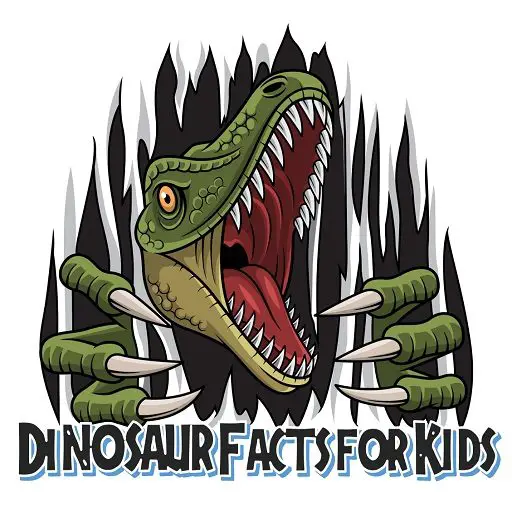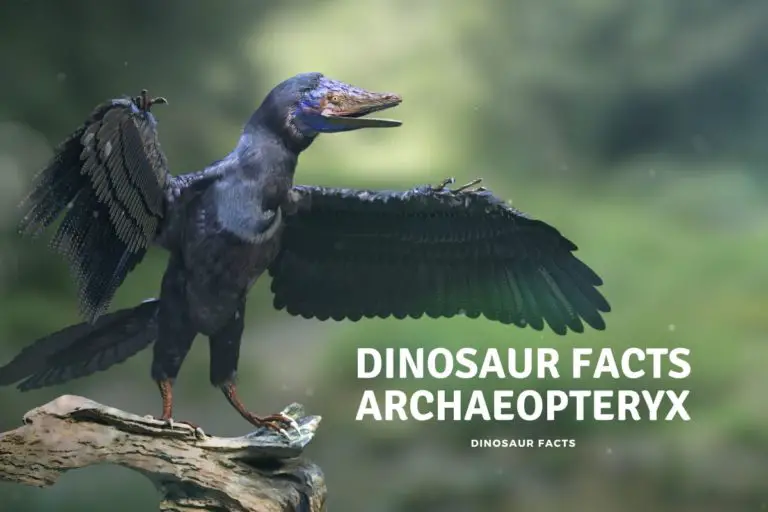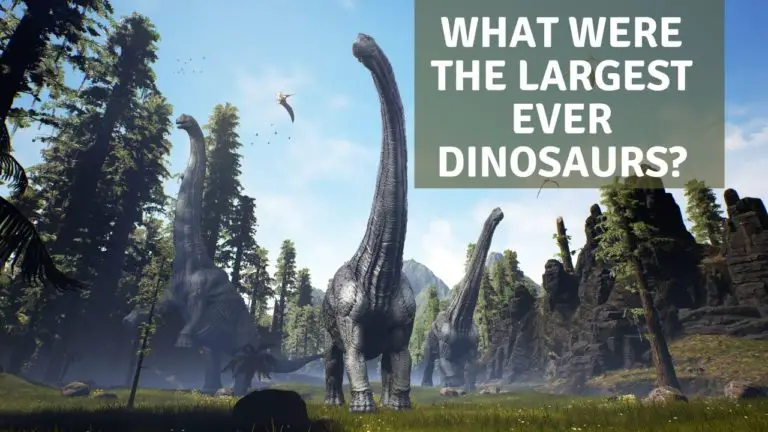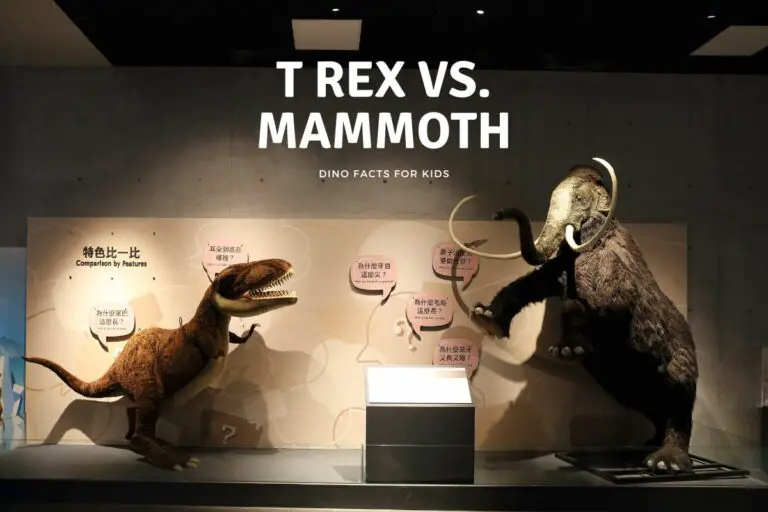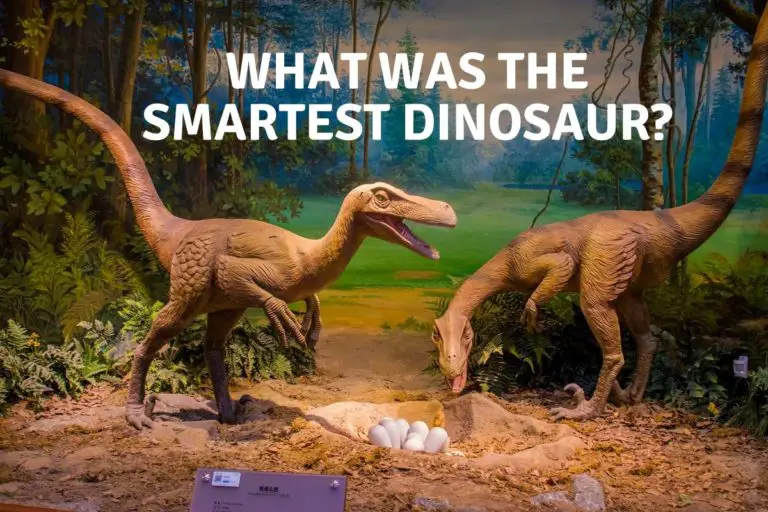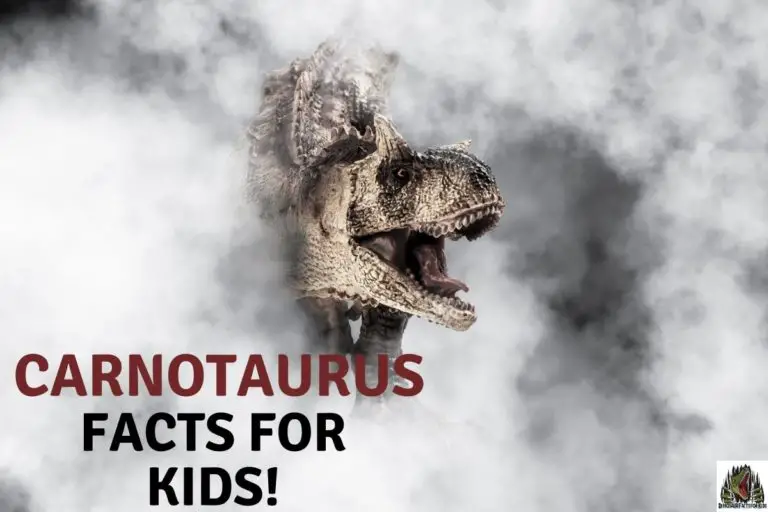How Many Species of Dinosaur Are There?
Since the 19th century when dinosaur research started to become mainstream, these amazing prehistoric reptiles have fascinated mankind. Besides the incredible size of some dinosaurs, the other factor that really captures people’s imagination is the variety of dinosaurs that have existed throughout history. Although we have discovered a good number it is likely only a tiny percentage of the dinosaurs that have lived on Earth throughout the almost 200 million years of their reign.
Scientists have discovered and named more than 1,000 different species of dinosaurs, and possibly up to 1200. This number is constantly changing as new fossils are found and analyzed at a rate of around 1 a week or 40-50 a year. It’s worth noting that not all of these species are equally well-known, and some may only be known from fragmentary remains.
From tiny two-legged creatures to the great lumbering quadrupedal long-necked herbivores such as Brachiosaur, and the sharp-toothed apex predator theropods like Giganotosaurus and Tyrannosaurus rex — there’s a dinosaur for every occasion!
But exactly how many species of dinosaur have been identified? This is the core question of this article.
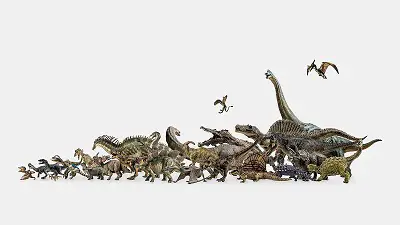
How Many Species of Dinosaur Are There?
Extensive study of the known fossil record has revealed more than 1,000 different species of non-avian dinosaur, as well as 900 distinct genera.
These species have been discovered on every continent, and when including avian dinosaur species (modern birds), they have existed and continue to exist on every continent.
If accessing all the various rock strata in the Earth’s crust were easier, scientists predict that we likely would have found many many more species of dinosaur by now.
The problem, however, is that while it’s somewhat easier to access rock layers from the late Cretaceous period — at the end of which came the mass extinction event that killed most of the dinosaurs — accessing rock layers from the mid-Jurassic period and earlier is much more of a challenge.
This is why current numbers are not reflective of the real diversity that likely existed when dinosaurs ruled the planet. There will be 1000s more just waiting to be discovered.
What is the Difference Between “Avian” and “Non-Avian” Dinosaurs?
In the previous section, we made mention of two main types of dinosaur, avian and non-avian. What exactly do these refer to?
- The term “avian dinosaurs” is one that is used by scientists to refer to modern birds, who shared a common ancestor with their non-avian dinosaur cousins.
- The non-avian dinosaurs, therefore, are the ones which we commonly identify as prehistoric dinosaurs, wiped out some 65 million years ago by the Cretaceous-Paleogene mass extinction.
Avian and non-avian dinosaurs share common ancestry, which is why many of them also share common features. In particular, theropod dinosaurs like velociraptor and Tyrannosaurus rex have been discovered to have had feathers, and been quite “bird-like” in their movement and physiology.
The fact that land-dwelling dinosaurs were flightless was also a key part of their ability to grow larger and more fearsome. The main reason most modern birds are small is due to the limitations on size that come with being able to fly.
How Often Are New Dinosaur Species Identified?
Believe it or not, a few dozen or more species of dinosaurs — perhaps up to 40-50 — are identified each year. The field of study has been blessed with fantastic positive media coverage thanks to the popularity of film franchises like Jurassic Park and Godzilla, among others.
Such media has kept people fascinated in dinosaurs across multiple generations, which in turn generates a lot of financial support for paleontological digs and other projects to unearth new dinosaur species.
Back in January 2023, a Nevada-based news outlet reported on a new dinosaur discovery in which a new species was identified in the area, apparently unique to the state of Nevada. It was discovered by Joshua Bonde, who also happens to be the director of the Nevada State Museum.
He was part of a team looking for turtle remains in the south of the state, when all kinds of other finds were made: dinosaur teeth and bones, fish skeletons, plants, ferns and more. It was clear to Bonde that this was going to become a larger excavation project.
As it happens, he was right. During the expanded dig, he came across the remains of a new species which was named Nevadadromeus schmitti. The first part of the name is clear, since it was discovered in the state of Nevada (and even found to be unique to there, as far as we know), but the “dromeus” part means “runner” so it is also being called “Nevada Runner.”
The “schmitti” part is named for Jim Schmitt, a professor of Geology at Montana State University. It was Schmitt who first made the prediction that such remains might be found in Fire State Park.
Bonde was quoted by a local Nevada-based news outlet:
“There’s like an average of 40 new dinosaur species discovered and described every year…So for as long as there’s paleontologists climbing around the hills, there’s going to be new discoveries.”

How Are Different Dinosaur Species Divided Up?
Beyond scientific classification, the main way that we think of dinosaur species is in terms of which period they lived in. It’s easy for us to assume that most dinosaurs all coexisted on the Earth at around the same time, but this isn’t the case.
In fact, millions upon millions of years passed between the first and last dinosaurs.
Triassic
The most distant period of dinosaur life began some 251 million years ago and ran up to 201 million years ago. The Triassic brought such dinosaurs as Coelophysis, a theropod dinosaur whose skeleton may well remind one of a velociraptor, especially that seen in the Jurassic Park movies.
Other Triassic fauna included amphibians like Mastadonsaurus, as well as semi-aquatic Phytosaurs, among many others.
Jurassic
The Jurassic period spanned from 201 million years ago to about 145 million years ago, and brought many well-recognized dinosaur species to the fore. For instance, Allosaurus fragilis emerged as one of the top predators, a theropod very reminiscent of Tyrannosaurus rex if a little smaller.
A number of prominent long-necked herbivorous species also emerged in the Jurassic period, including Plateosaurus, the smaller of the crowd, and the much larger Apatosaurus — previously known as Brontosaurus — and Barosaurus.
One more familiar dinosaur face from the Jurassic period was Stegosaurus.
Cretaceous
Most of the dinosaurs that people feel familiar with came in the Cretaceous, a period that spanned from 145 to 66 million years ago. The Cretaceous-Paleogene extinction event involved an asteroid colliding with Earth, and was the seminal extinction event that wiped out most dinosaur life, leaving only modern birds to carry on the legacy.
Well-known Cretaceous dinosaurs include Albertosaurus, Ankylosaurus, Velociraptor, Tyrannosaurus rex, and Triceratops.
We will be putting up an article on the more detailed differences between dinosaurs from these periods in the near future so keep an eye out for that. or click the link if we have already done it!
Conclusion
Even though Dinosaurs lived on the planet for almost 200 million years. Scientists have only identified just over 1,000 different species of dinosaurs, but this number is constantly changing as new fossils are discovered and analyzed.
The vast majority of these dinosaur species are known from only partial remains, and accessing rock layers from earlier periods is a significant challenge, However, with technology improving and a renewed interest in discovering fossils the current average of 40 new dinosaur species discovered and described every year, is sure to increase. So if you are reading this is 10 years then maybe we have got up to 2000 known species!
References
- https://www.amnh.org/dinosaurs/types-of-dinosaurs#:~:text=Estimates%20vary%2C%20but%20in%20terms,have%20been%20discovered%20and%20named.
- https://pubs.usgs.gov/gip/dinosaurs/types.html
- https://theconversation.com/why-were-there-so-many-dinosaur-species-67887
Hi, I am Roy Ford a General Studies and English Teacher who has taught all over the world. What started as a fossil collection became a great way to teach, motivate and inspire students of all ages and all over the world about dinosaurs and from that and children’s love of dinosaurs came the site dinosaur facts for kids, a resource for all ages.
